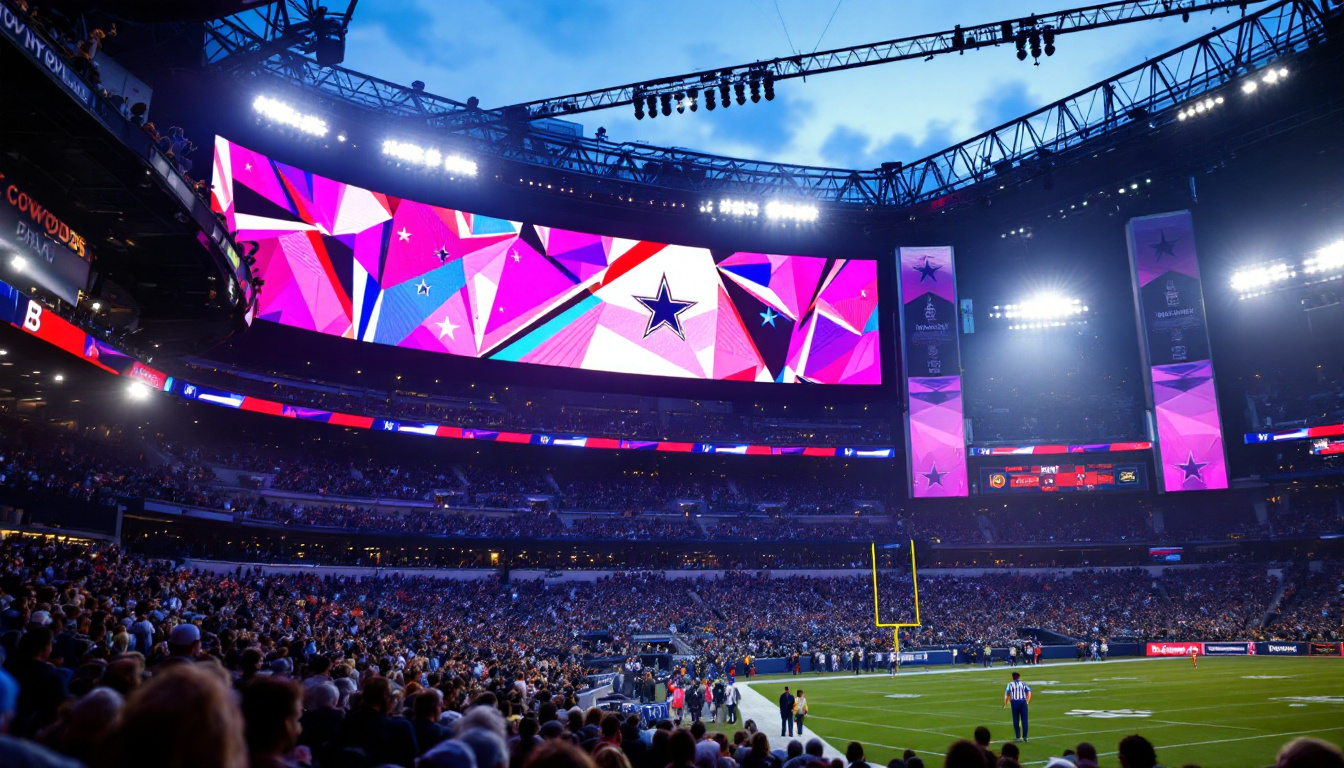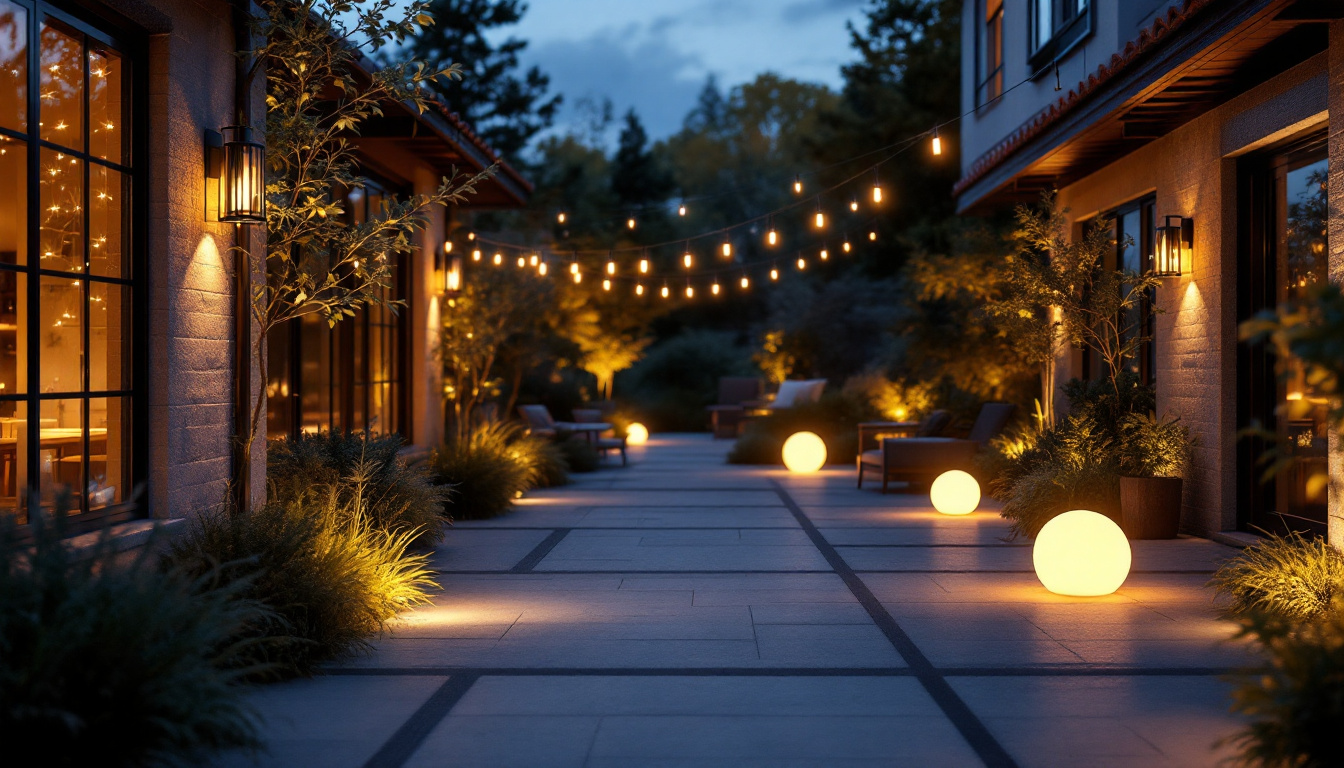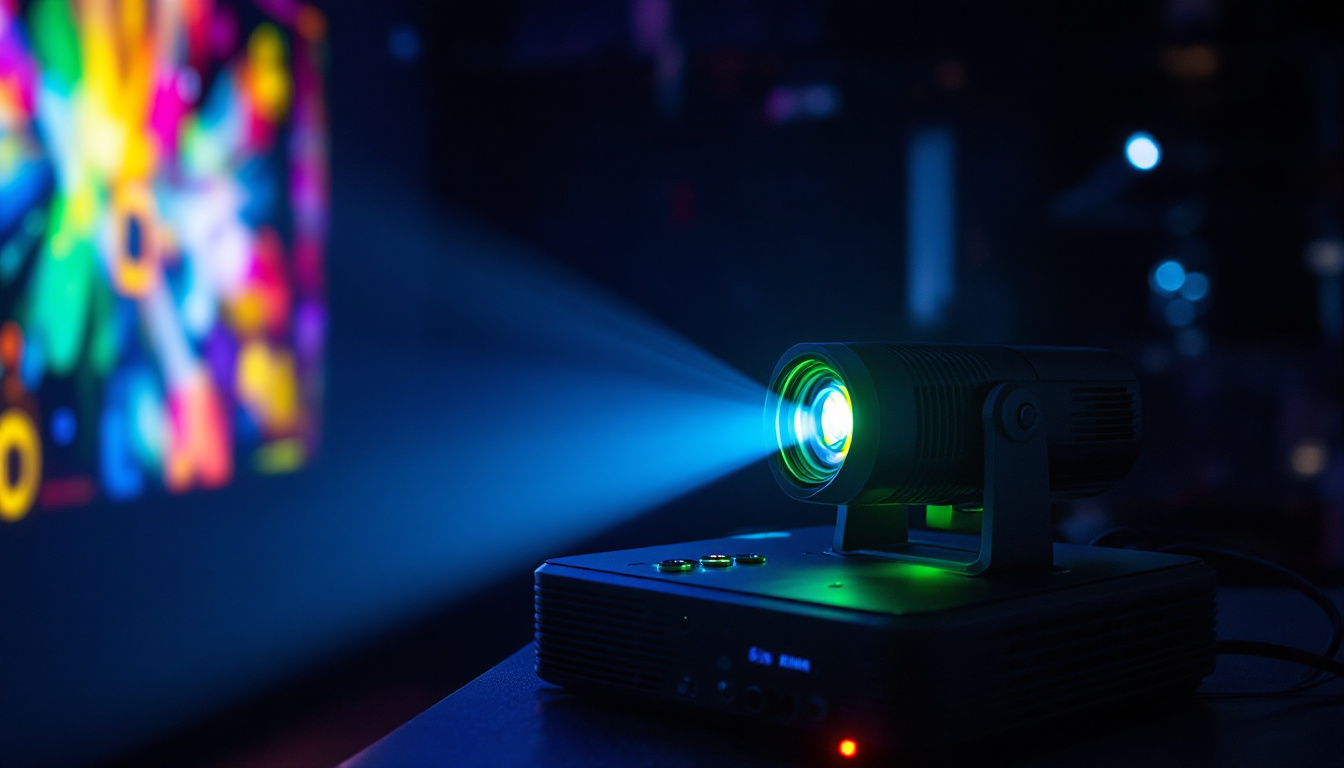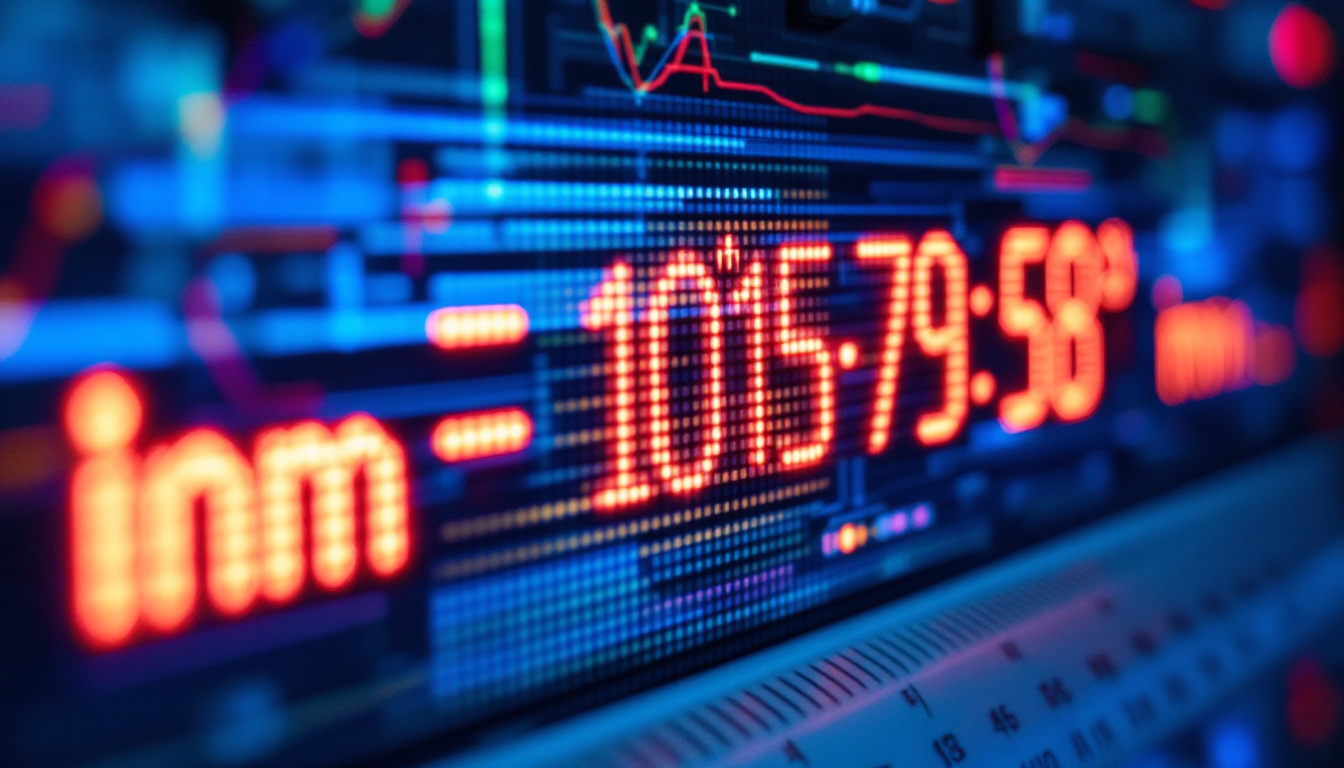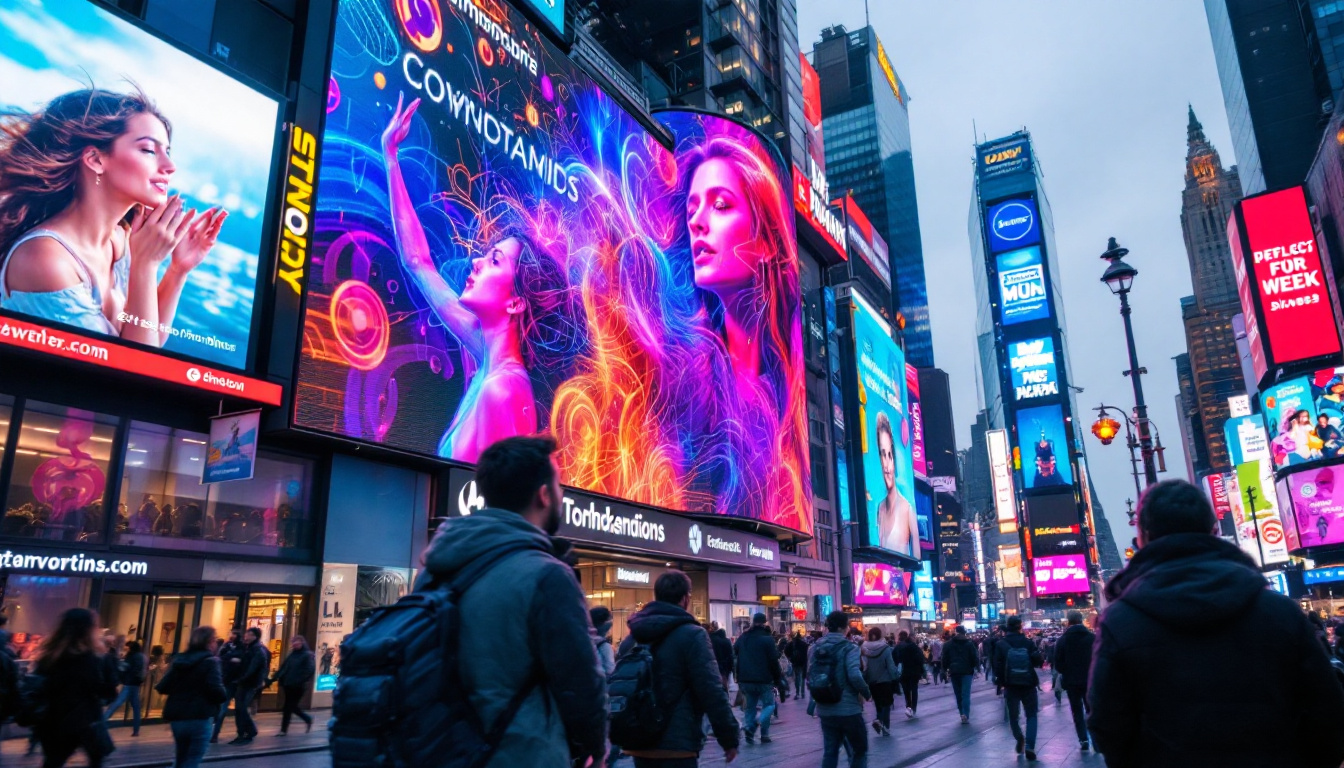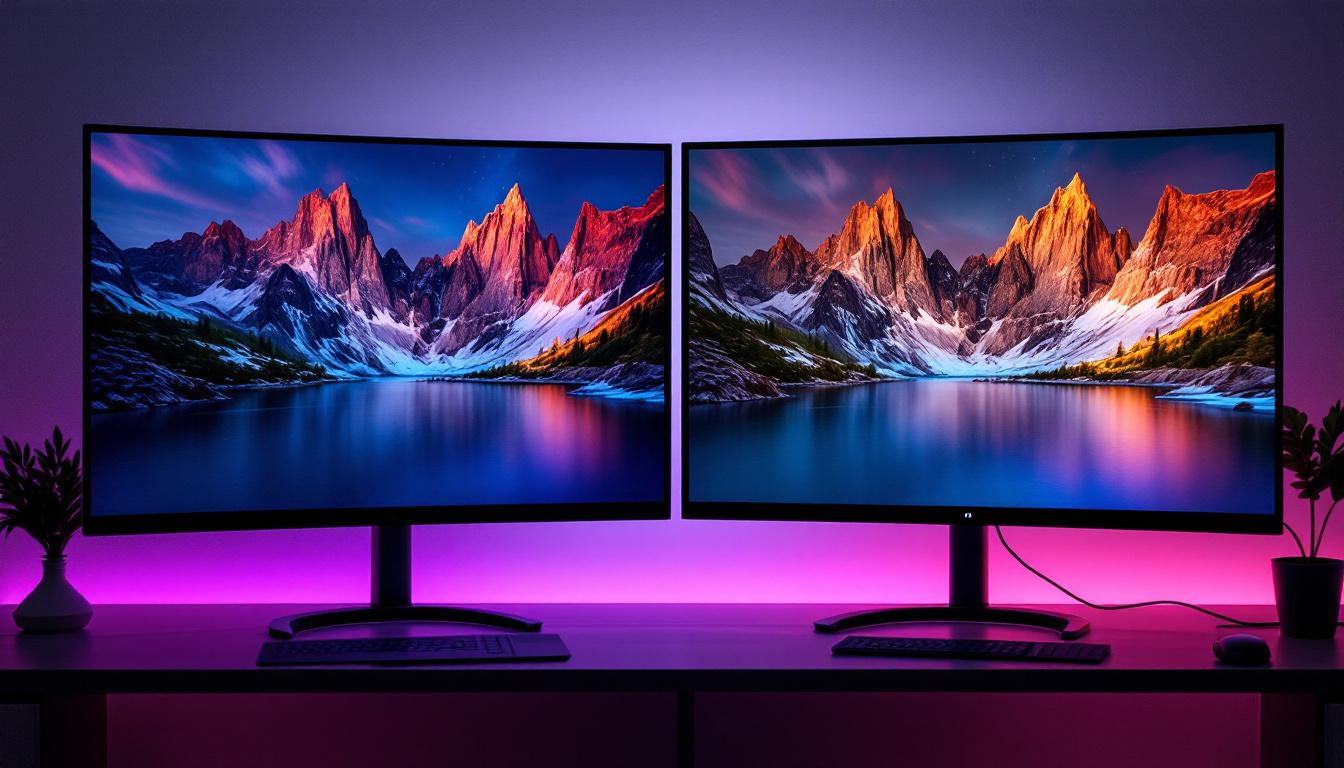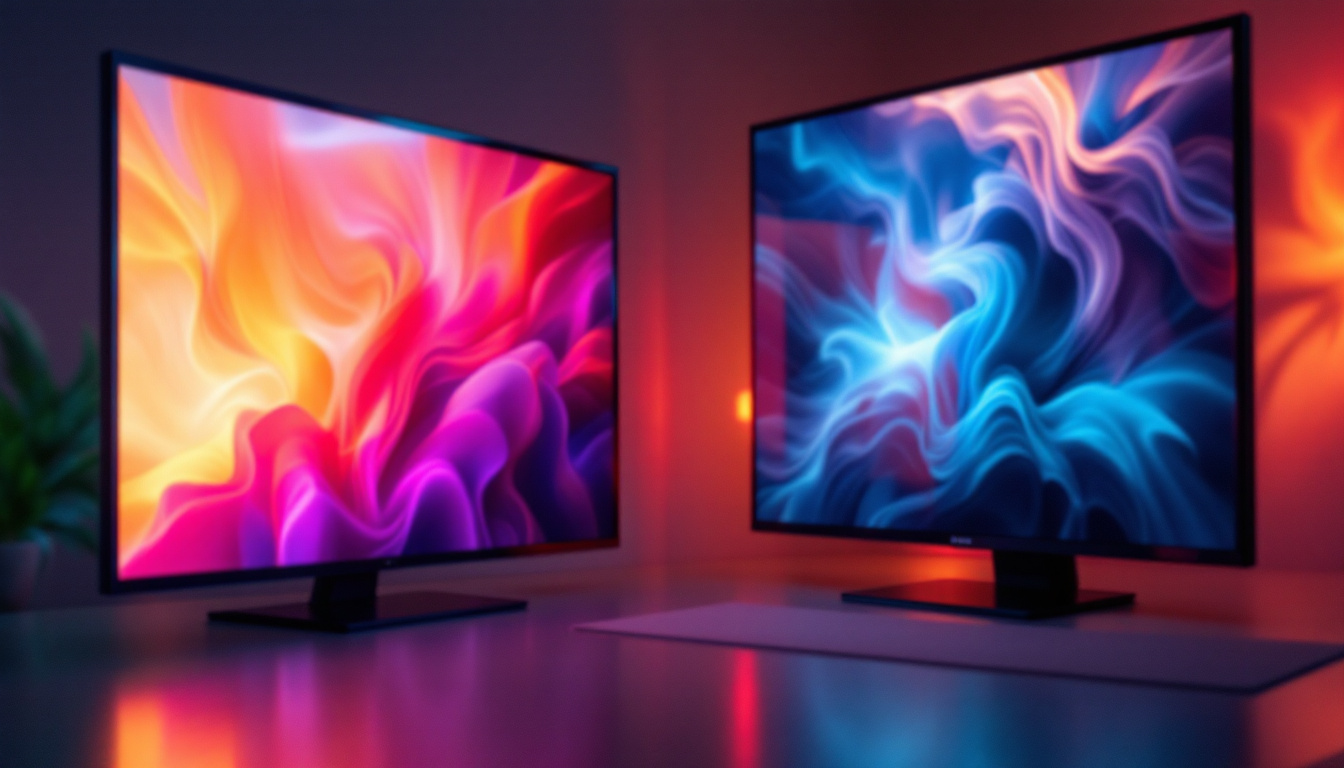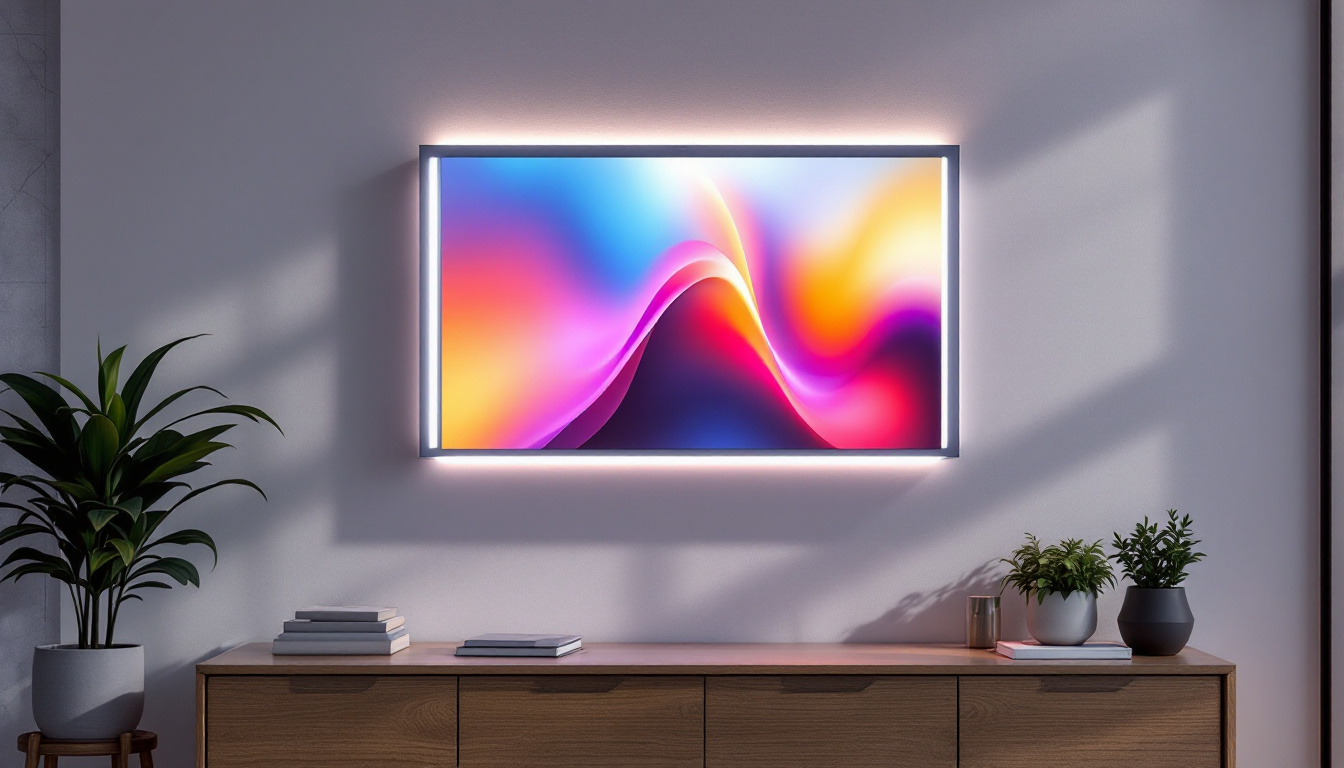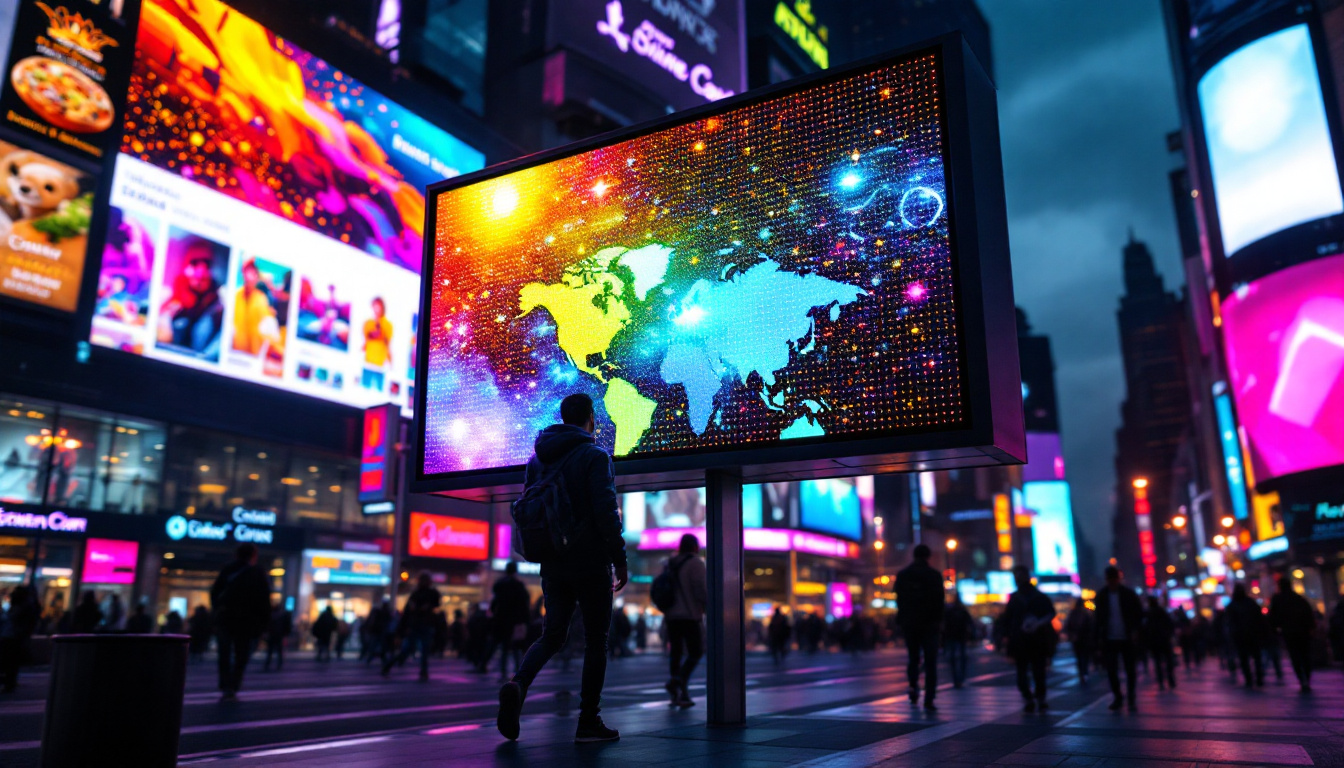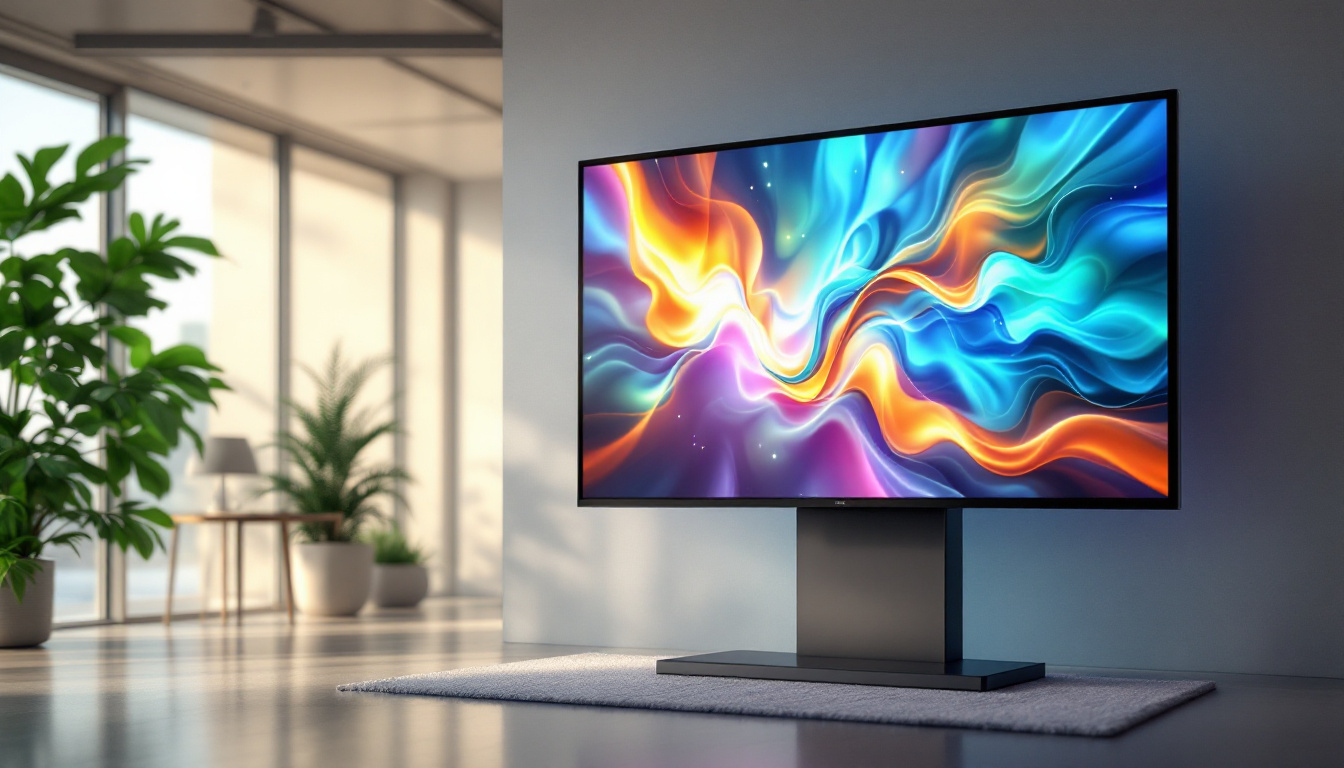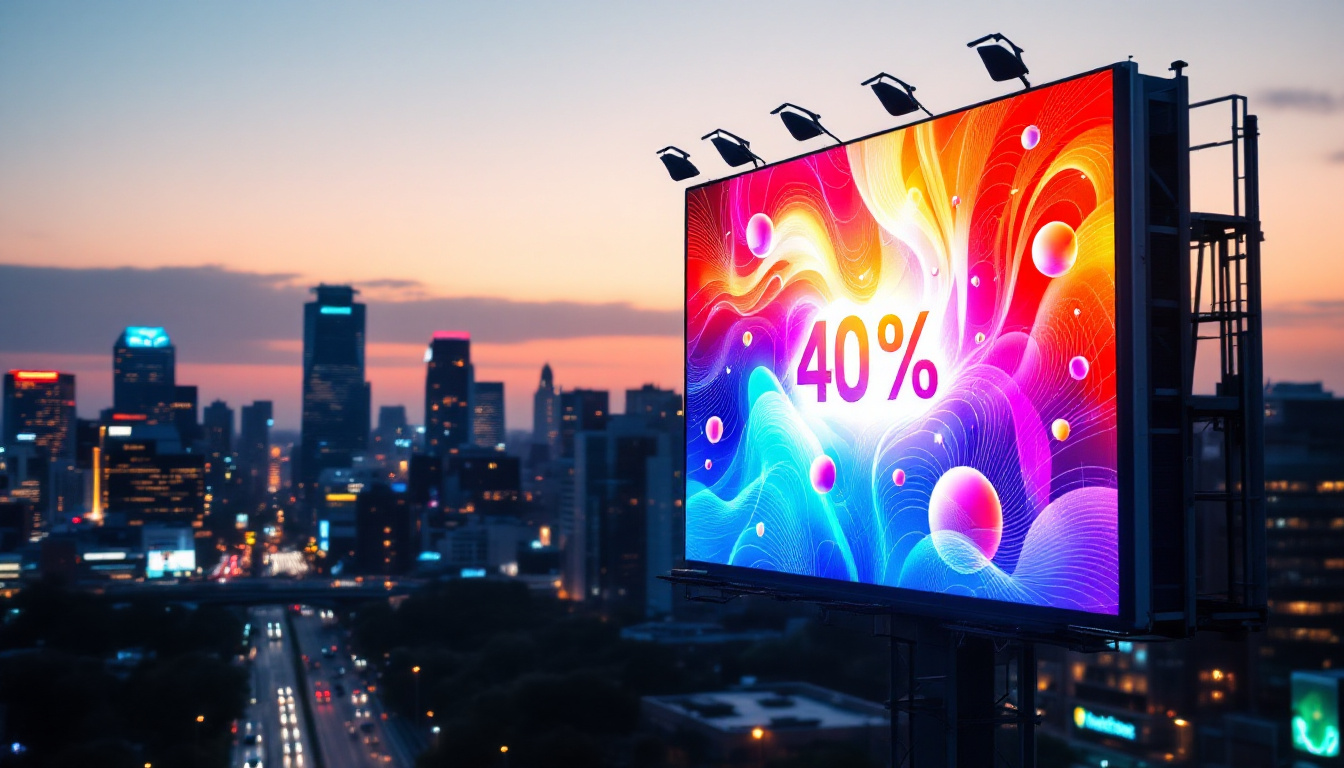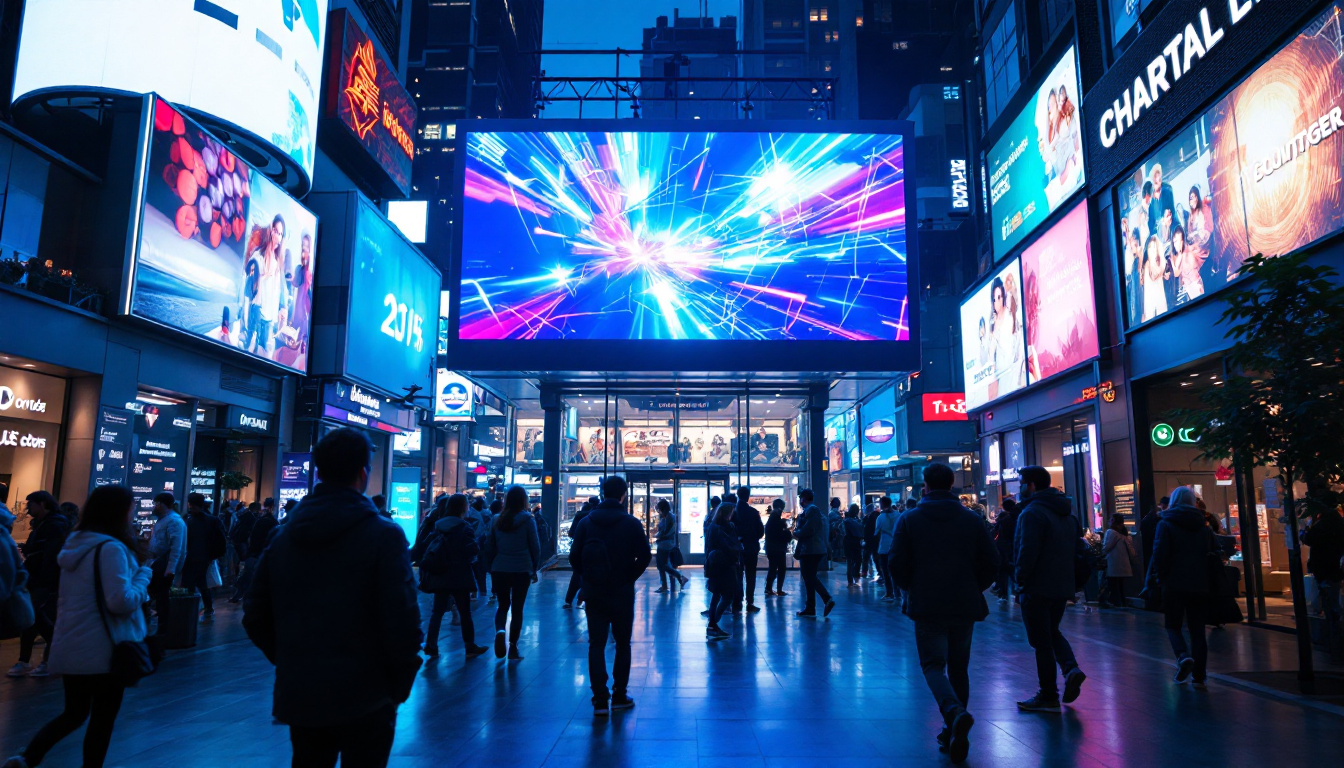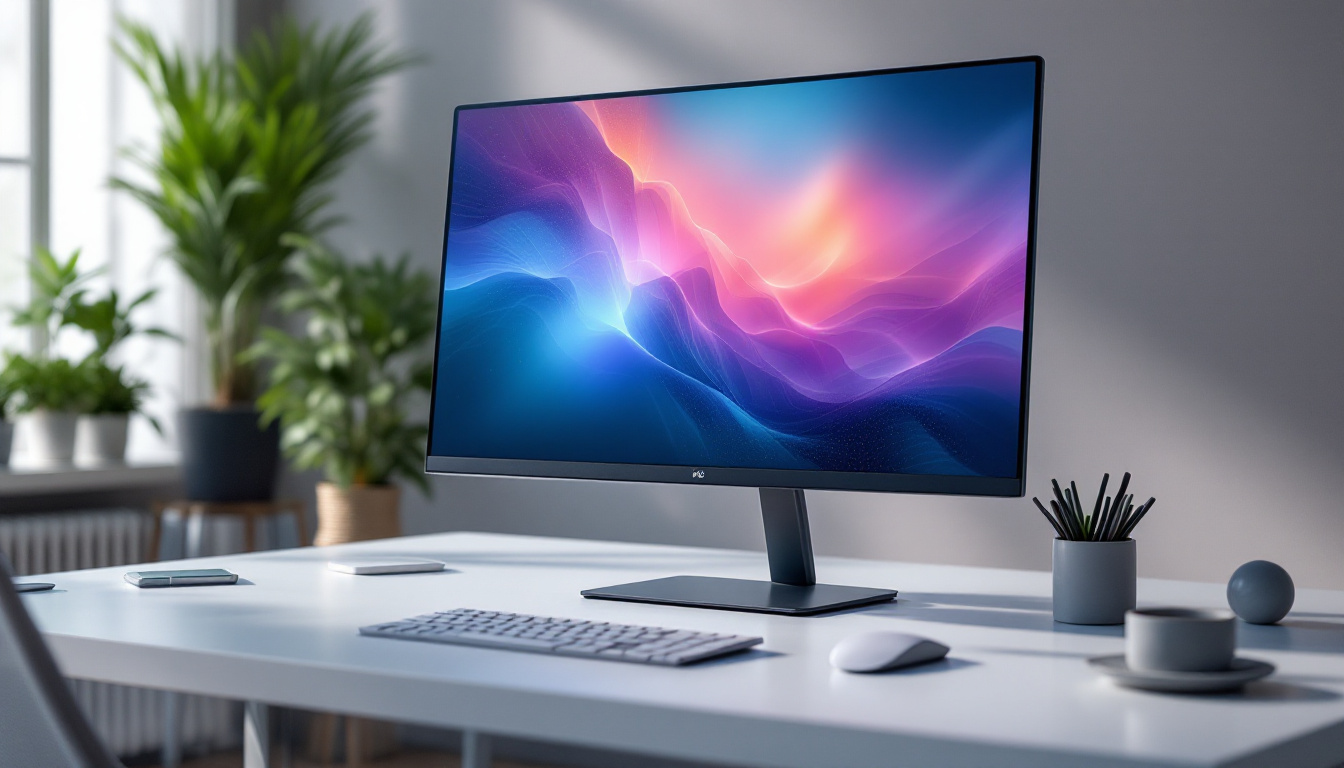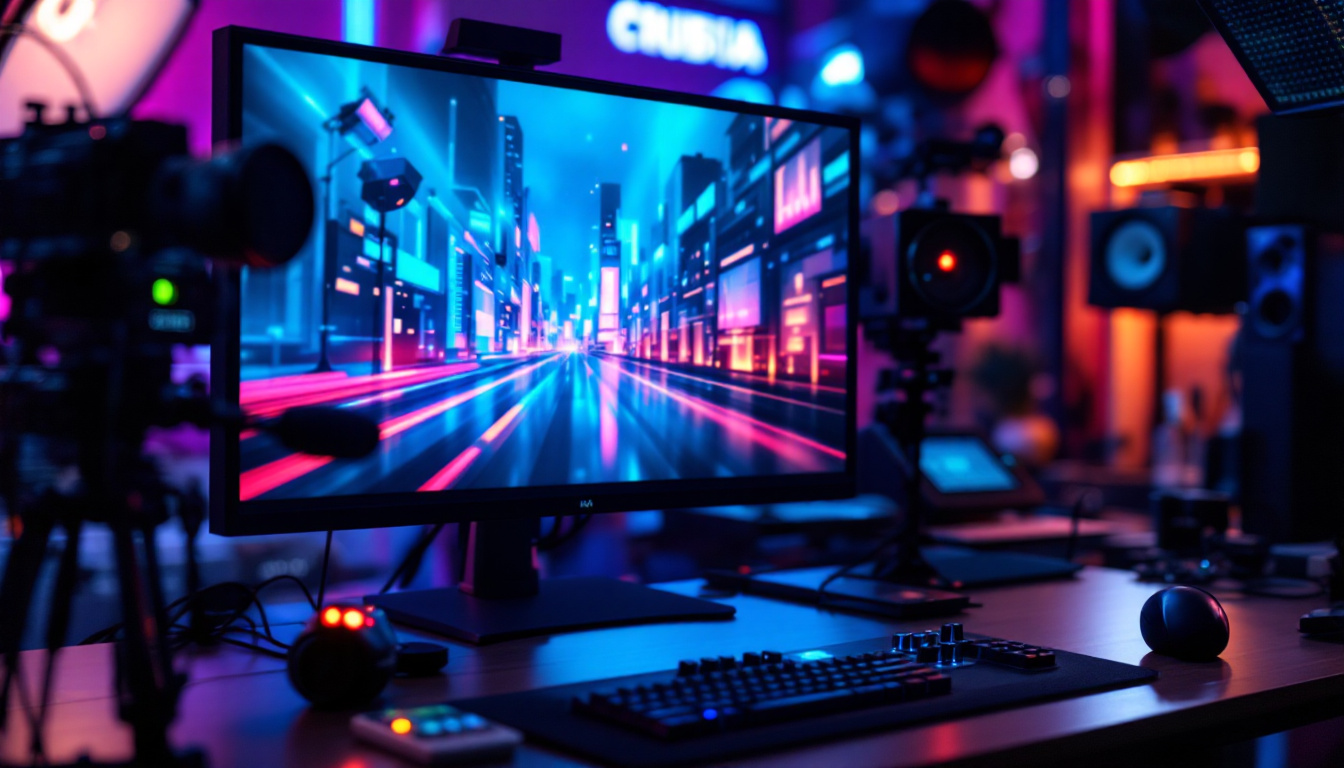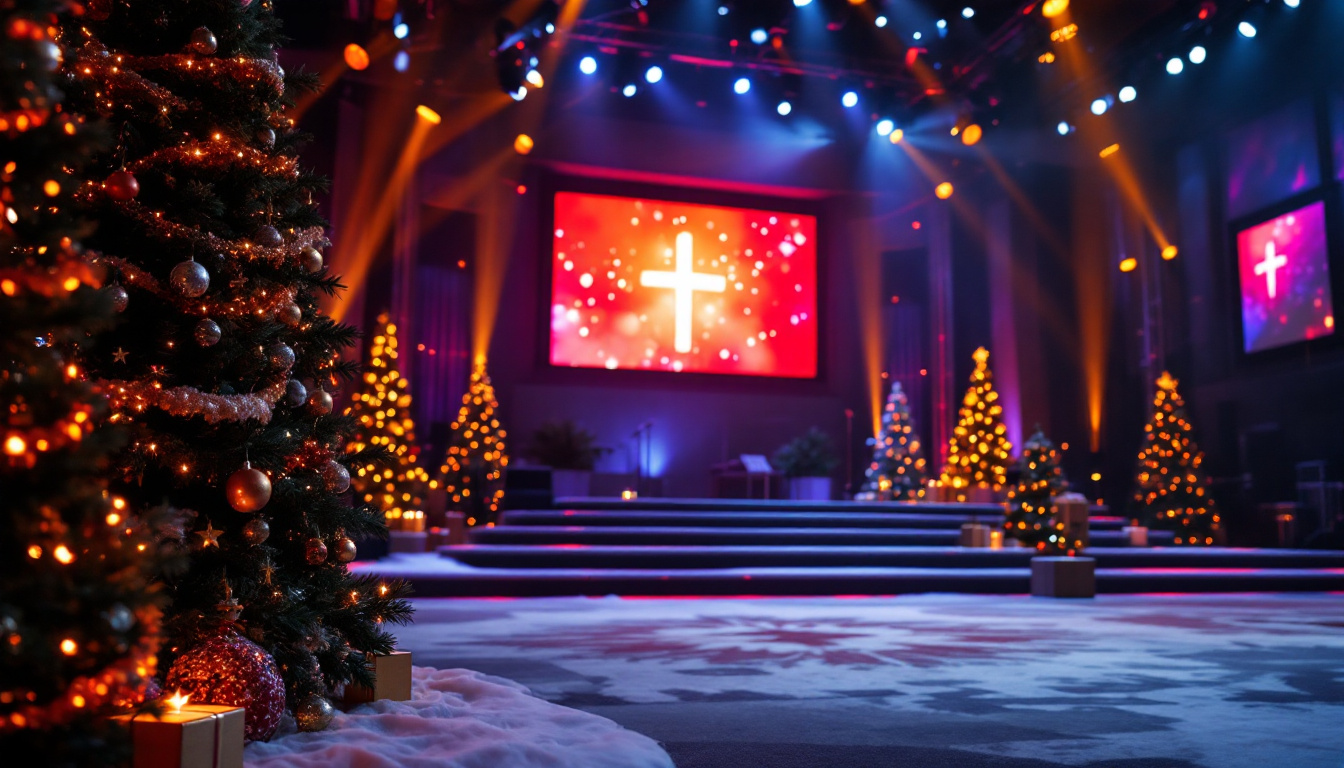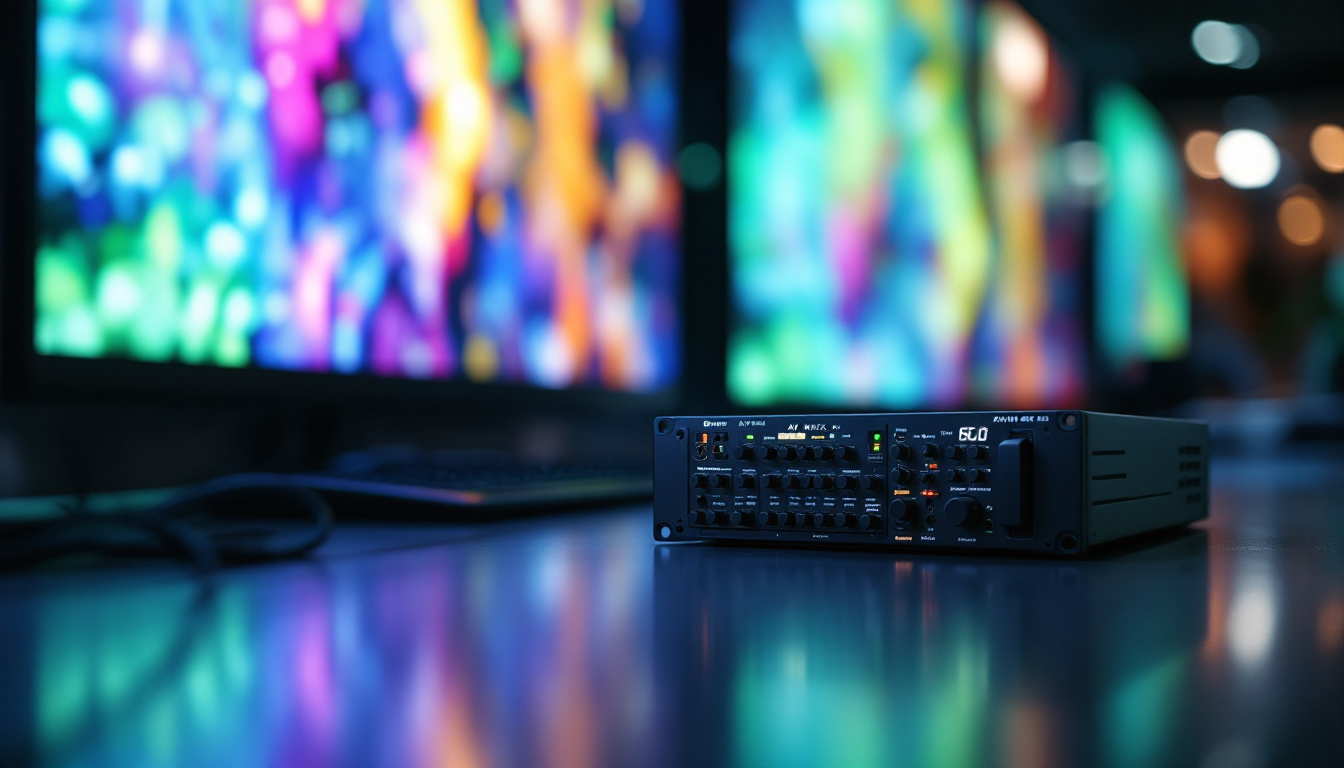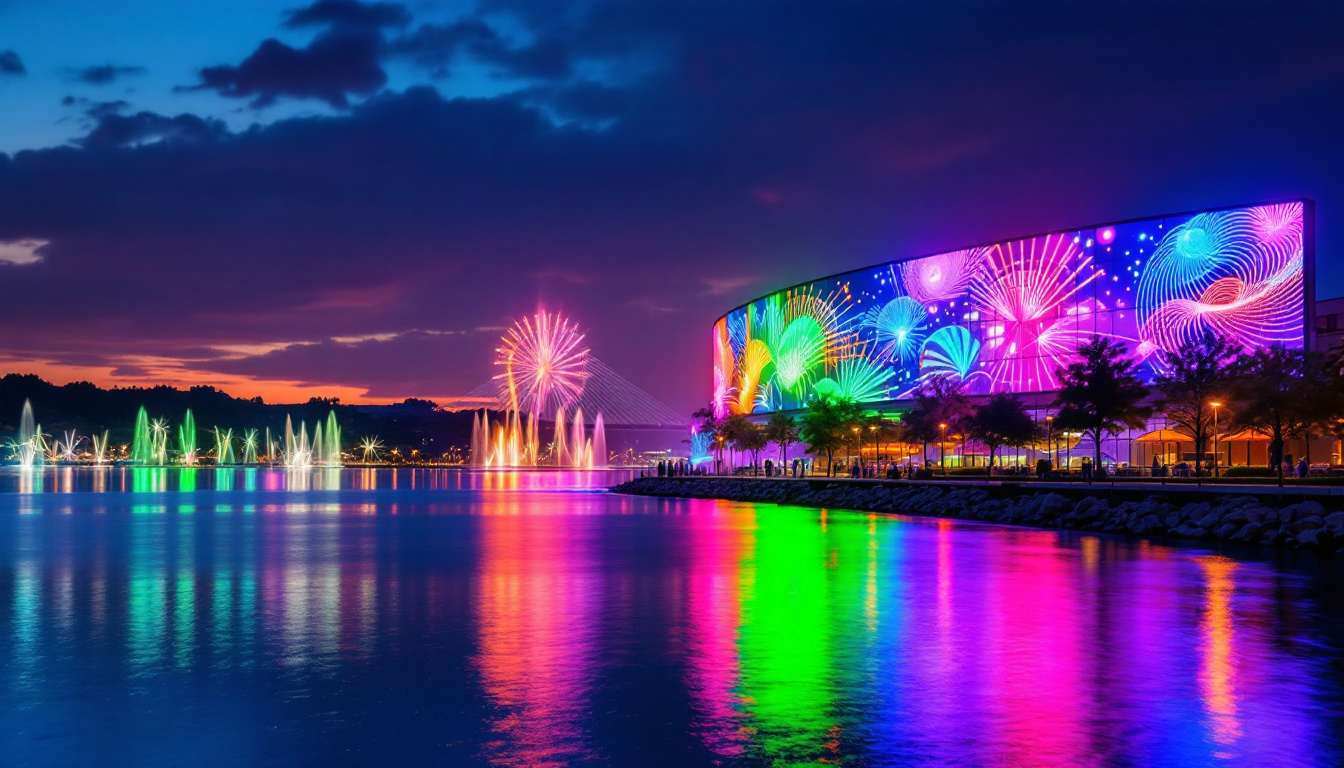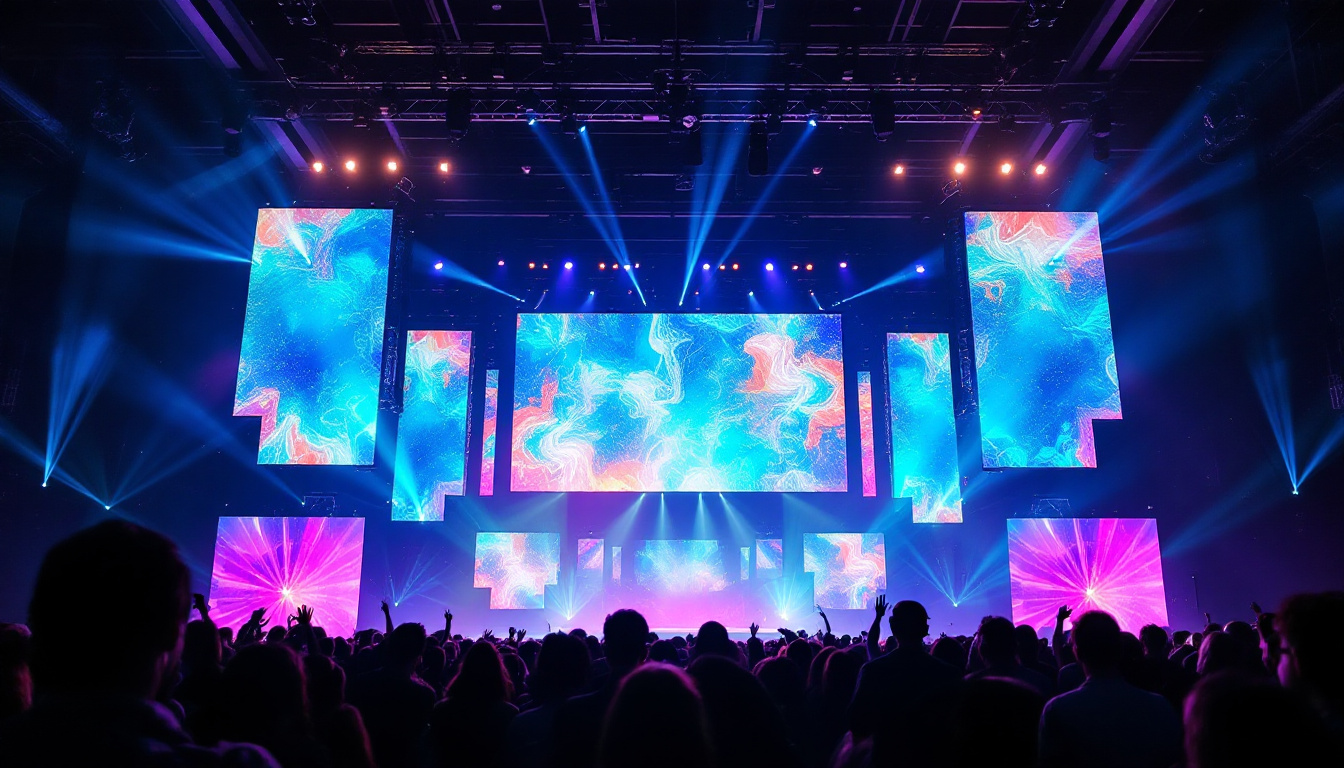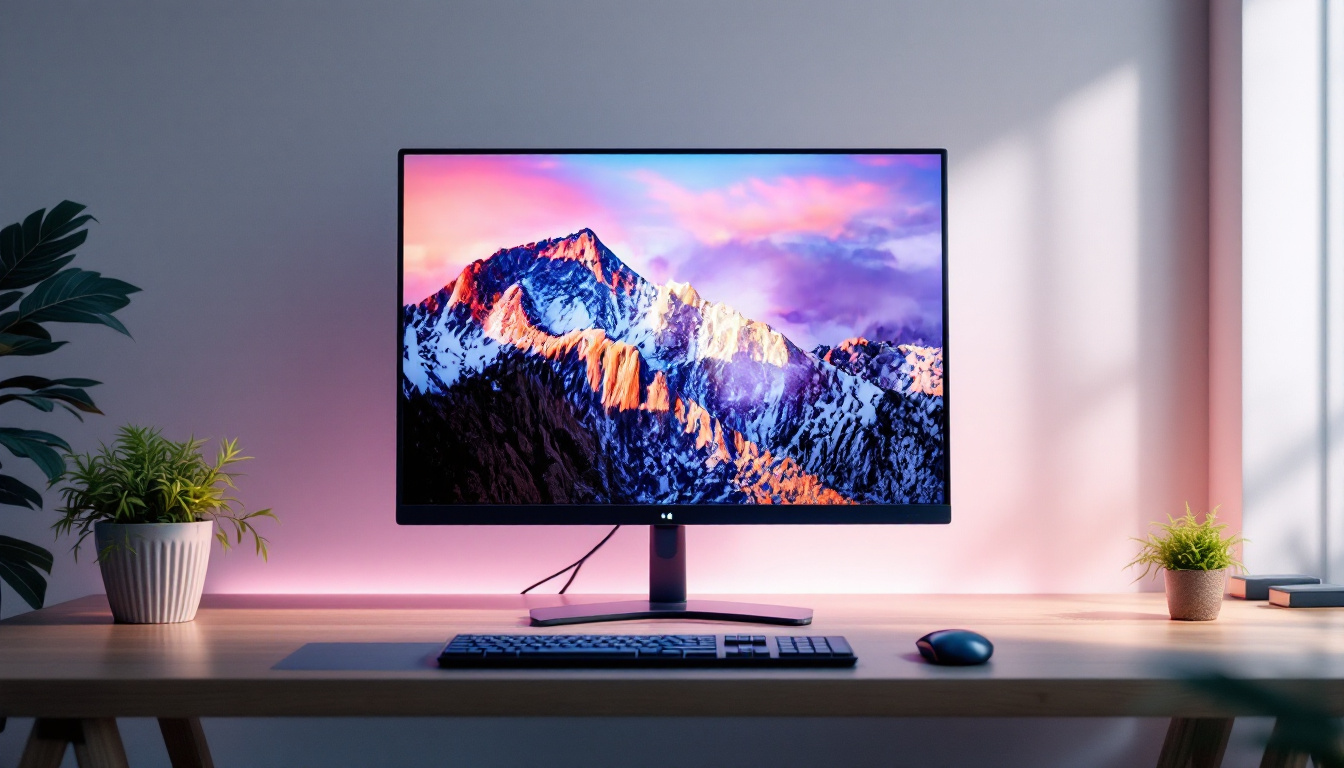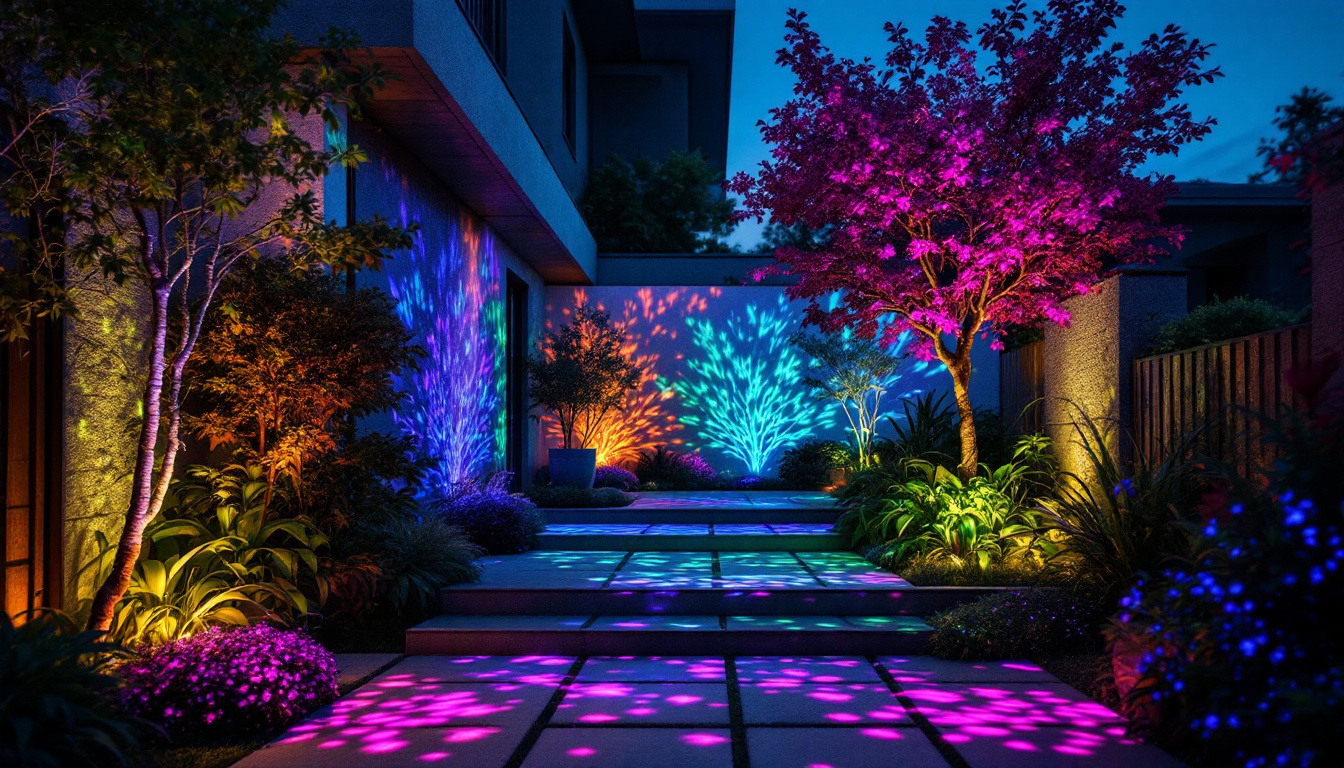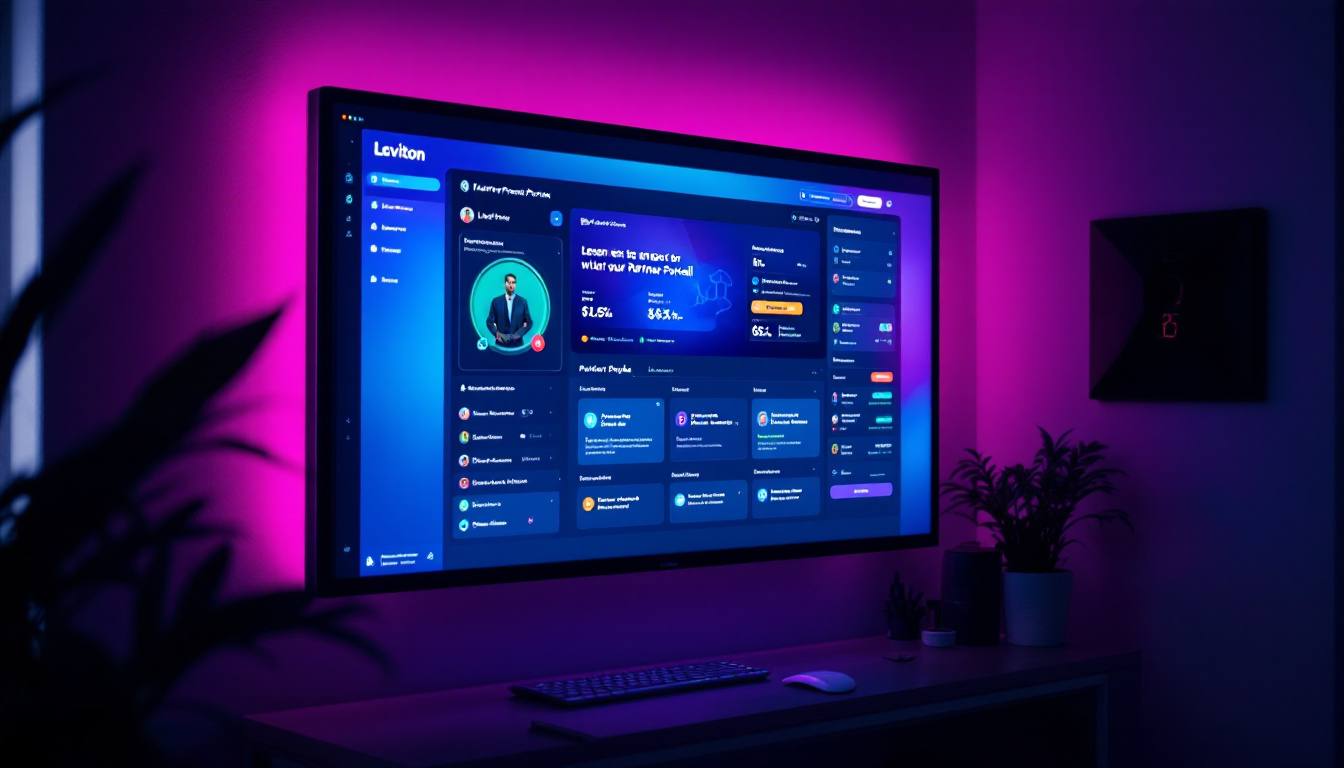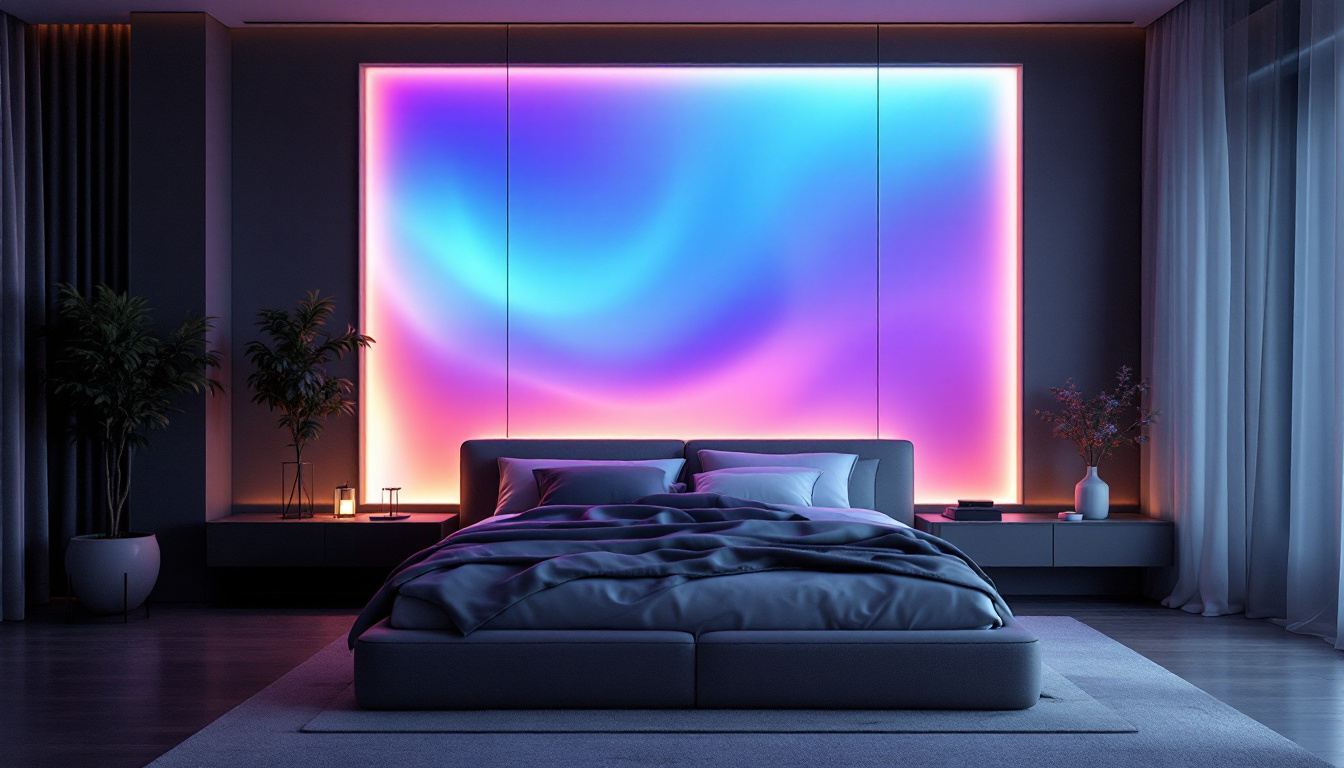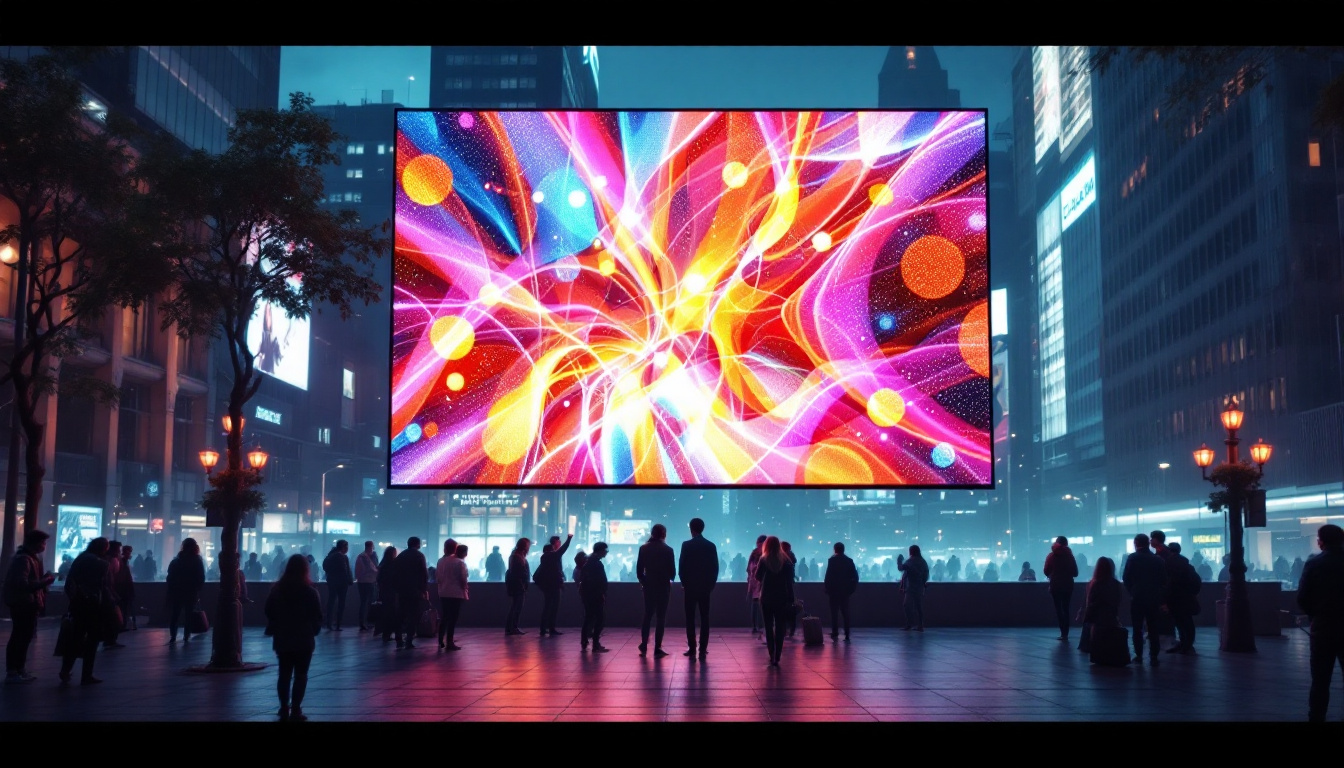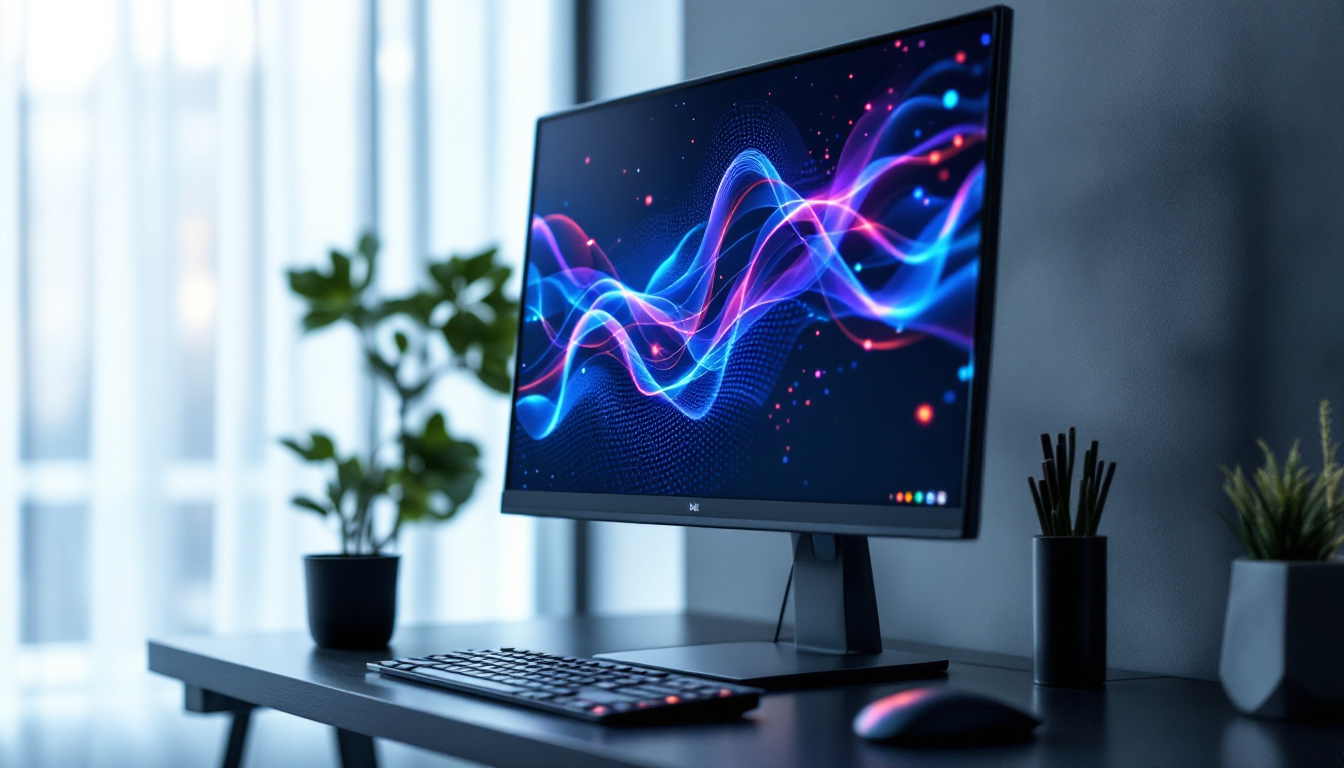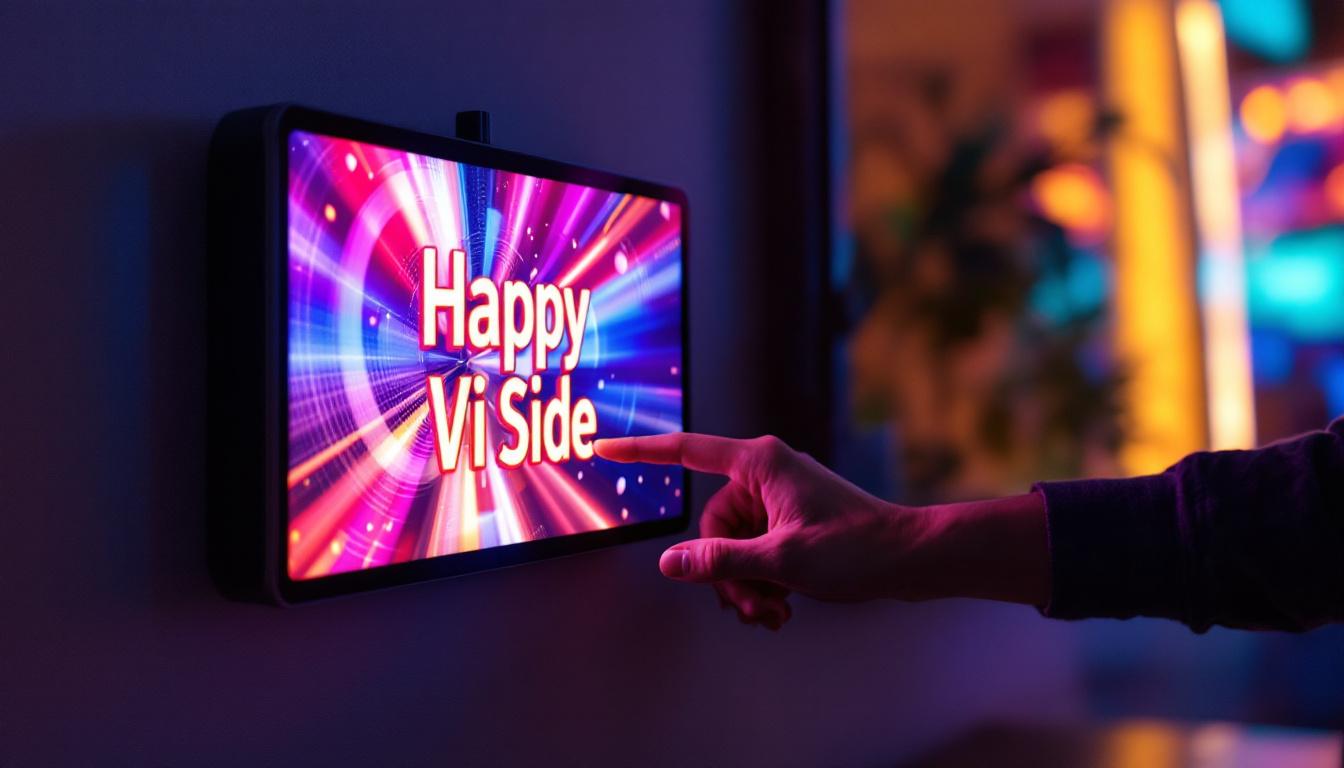The Dallas Cowboys, one of the most iconic teams in the National Football League (NFL), play their home games at AT&T Stadium, often referred to as Cowboys Stadium. This state-of-the-art facility is not only known for its impressive architecture and capacity but also for its colossal LED display screen. Understanding the cost and technology behind such a massive screen can provide insight into the investment made in modern sports venues.
Understanding LED Display Technology
LED (Light Emitting Diode) technology has transformed the way information and entertainment are presented in sports arenas. The clarity, brightness, and versatility of LED displays make them a popular choice for stadiums worldwide.
What is an LED Display?
An LED display is a flat panel display that uses LEDs as pixels for video and images. Unlike traditional screens, LED displays can produce brighter images with better color accuracy, making them ideal for large venues where visibility is crucial. The technology allows for high-definition video playback, which enhances the spectator experience during games and events. Additionally, LED displays can be configured in various shapes and sizes, enabling creative installations that can fit seamlessly into the unique architecture of each stadium.
Benefits of LED Displays in Stadiums
LED displays offer numerous advantages, especially in a stadium setting. Firstly, their brightness ensures that images are visible even in direct sunlight, which is essential for outdoor venues. Secondly, the flexibility of LED technology allows for dynamic content, including live game footage, replays, advertisements, and interactive fan engagement. This capability not only keeps the audience informed but also enhances their emotional connection to the game, as they can relive key moments in real-time.
Moreover, LED displays are energy-efficient compared to traditional display technologies. This efficiency not only reduces operational costs but also aligns with sustainability goals that many modern stadiums are pursuing. The longevity of LED lights means less frequent replacements, further minimizing waste and maintenance efforts. Additionally, advancements in LED technology have led to the development of smart displays that can adjust brightness based on ambient light conditions, ensuring optimal viewing experiences at all times.
Incorporating LED displays into stadiums also opens up new avenues for revenue generation. Advertisers are increasingly drawn to the vibrant and engaging nature of LED screens, which can showcase targeted advertisements to specific demographics present at the event. This capability allows for real-time marketing strategies that can adapt to the flow of the event, maximizing engagement and revenue potential. Furthermore, the interactive features of LED displays can facilitate fan participation through social media integration, contests, and live polls, creating a more immersive atmosphere that keeps fans engaged throughout the event.
The Cost of Installing an LED Display
The cost of installing an LED display in a stadium can vary significantly based on several factors, including size, resolution, and the technology used. For a venue as large as AT&T Stadium, the investment is substantial, reflecting both the scale of the display and the quality of the technology.
Factors Influencing Cost
Several key factors influence the overall cost of an LED display. The size of the screen is perhaps the most obvious determinant; larger screens require more materials and advanced technology, which drives up costs. Additionally, the resolution of the display plays a critical role. Higher resolution screens, which provide clearer and more detailed images, typically come at a premium.
Another factor to consider is the type of installation. Custom installations that integrate seamlessly with the stadium’s architecture can increase costs significantly. Furthermore, the choice of manufacturer and the warranty offered can also impact the final price. The installation process itself can be complex, often requiring specialized labor and equipment to ensure that the display is not only functional but also aesthetically pleasing and safe for spectators.
Estimated Costs for Cowboys Stadium
While exact figures for the Cowboys Stadium screen are proprietary, estimates suggest that the cost of installing a large-scale LED display can range from $1 million to over $10 million. The Cowboys’ screen, known for its impressive size and advanced technology, likely falls on the higher end of this spectrum. This investment reflects the importance of providing an exceptional viewing experience for fans.
Moreover, ongoing maintenance and operational costs should also be factored into the overall budget. LED displays require regular upkeep to ensure optimal performance, including software updates, cleaning, and potential repairs. These costs can accumulate over time, making it essential for stadium operators to plan for long-term sustainability. Additionally, the integration of advanced features, such as interactive displays or augmented reality capabilities, can further enhance the fan experience but will also add to the initial investment and maintenance requirements.
Features of the Cowboys Stadium Screen
The LED display at AT&T Stadium is not just large; it is also packed with features that enhance the overall experience for fans. Understanding these features provides insight into why such a significant investment was made.
Size and Resolution
The Cowboys Stadium screen is one of the largest in the world, measuring approximately 160 feet long and 72 feet tall. This massive size ensures that fans seated in any part of the stadium can enjoy clear visuals. The screen’s high resolution allows for crisp images and vibrant colors, creating an immersive experience during games.
Interactive Capabilities
Modern LED displays are not just passive screens; they can be interactive. The Cowboys Stadium screen supports various interactive features, including fan polls, social media integration, and live updates. This interactivity engages fans and enhances their connection to the game, making them feel like an integral part of the experience.
Content Management
Content management systems (CMS) play a crucial role in how information is displayed on the screen. The Cowboys’ LED display utilizes advanced CMS technology to ensure that content is updated in real-time. This capability allows for timely game statistics, player highlights, and advertisements, keeping fans informed and entertained throughout the event.
Maintenance and Operational Costs
While the initial investment in an LED display is significant, ongoing maintenance and operational costs are also important considerations. Proper maintenance ensures the longevity of the display and its continued performance.
Regular Maintenance Requirements
LED displays require regular maintenance to function optimally. This includes cleaning the screen, checking for any pixel failures, and ensuring that the internal components are in good working order. Many stadiums employ specialized technicians to handle these tasks, which adds to operational costs.
Energy Consumption
Although LED technology is more energy-efficient than traditional display technologies, it still consumes a considerable amount of power, especially for large screens. Stadiums must budget for electricity costs associated with operating these displays during events. However, the energy savings compared to older technologies can help offset some of these expenses.
The Impact on Fan Experience
The investment in a high-quality LED display at Cowboys Stadium has a profound impact on the overall fan experience. From the moment fans enter the stadium, the screen serves as a focal point, enhancing their enjoyment of the game.
Enhanced Viewing Experience
The primary function of the LED display is to provide fans with a clear view of the action, regardless of where they are seated. High-definition replays and close-ups allow fans to catch every detail of the game, making the experience more exciting. Additionally, during halftime and breaks, the screen can showcase entertainment, keeping fans engaged and entertained.
Engagement and Interaction
With the integration of social media and interactive features, fans can engage with the game in new ways. They can see their tweets or photos displayed on the big screen, fostering a sense of community among attendees. This engagement not only enhances the game-day experience but also encourages fans to participate actively, making them feel more connected to the event.
Future Trends in Stadium Displays
The world of LED display technology is constantly evolving, and stadiums are at the forefront of these advancements. As technology progresses, new trends are emerging that could further enhance the fan experience.
Higher Resolutions and 3D Displays
As technology continues to advance, higher resolution displays are becoming more accessible. Future stadiums may feature 8K or even 16K displays, providing unparalleled clarity and detail. Additionally, the development of 3D display technology could allow fans to experience games in a completely new way, offering depth and realism that traditional displays cannot match.
Integration with Augmented Reality (AR)
Augmented reality is another exciting trend that could reshape the stadium experience. By integrating AR with LED displays, fans could receive real-time statistics and player information overlaid on the live action. This technology could provide a more immersive experience, allowing fans to interact with the game in ways previously thought impossible.
Conclusion
The investment in the LED display at Cowboys Stadium represents a significant commitment to enhancing the fan experience. With its impressive size, high resolution, and interactive capabilities, the screen serves as a vital component of the stadium’s atmosphere. As technology continues to evolve, the potential for even more engaging and immersive experiences is limitless.
Understanding the costs associated with such displays, from installation to ongoing maintenance, highlights the complexities involved in modern stadium management. As fans continue to demand more from their game-day experiences, the importance of high-quality LED displays will only grow.
In summary, the Cowboys Stadium screen is not just a technological marvel; it is a crucial element in creating unforgettable moments for fans. As the landscape of sports entertainment continues to change, the role of LED displays will undoubtedly remain at the forefront of this evolution.
Enhance Your Venue with LumenMatrix LED Displays
Ready to elevate the fan experience at your venue to the next level? Discover the innovative solutions offered by LumenMatrix, a leader in LED display technology. From Indoor and Outdoor LED Walls to specialized LED Sports Displays and beyond, LumenMatrix provides a range of products designed to captivate your audience and amplify your message. Whether you’re looking to create an immersive environment or boost brand visibility, our cutting-edge displays are tailored to meet your needs. Check out LumenMatrix LED Display Solutions today and transform your space into a dynamic visual experience.

